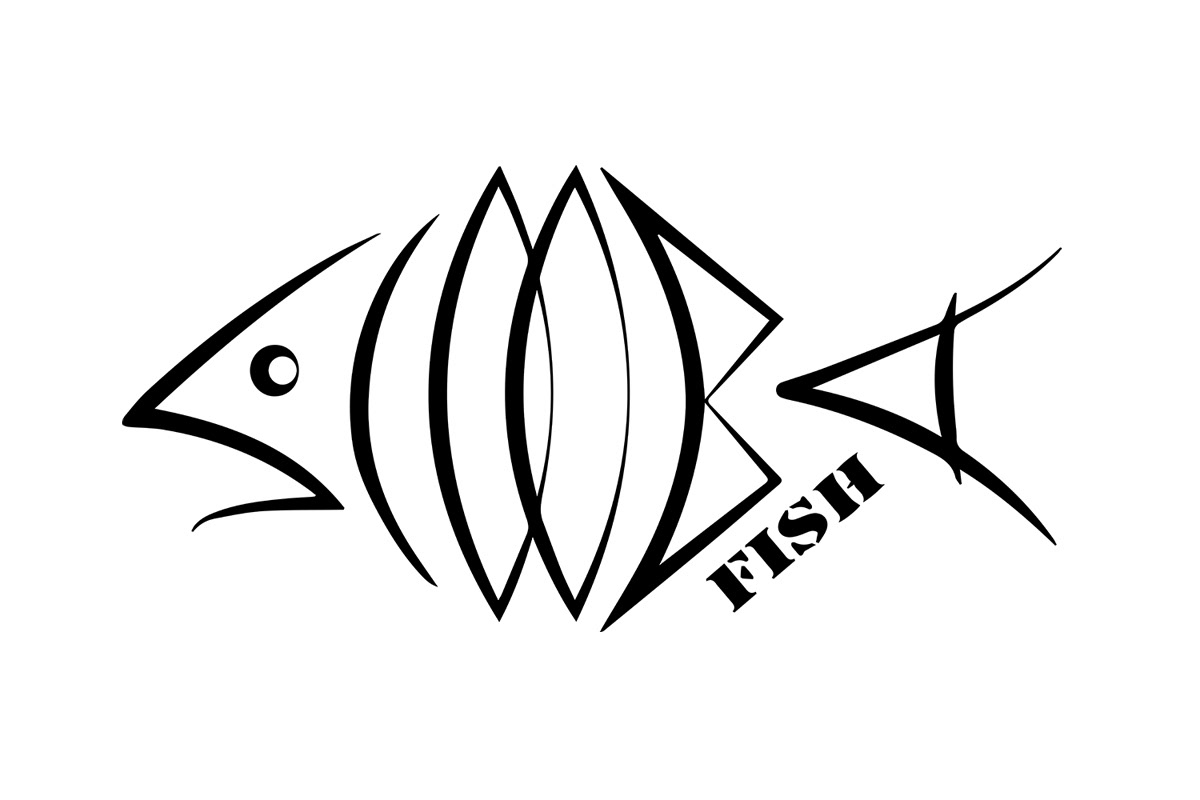Every morning, I walk the beaches of Sardinia collecting what the Mediterranean spits onto our shores—plastic bottles that traveled from who knows where, rusted signs corroded by sea salt, driftwood polished by a thousand storms. By evening, that same "trash" has begun its journey to galleries from New York to Berlin.
Working as a contemporary environmental sculptor from my Mediterranean studio in Olbia, Sardinia, where pristine coastline meets harsh pollution reality, I create museum-quality recycled art installations ranging €2,000-€50,000. My sustainable sculpture practice transforms beach debris and marine plastic into gallery-ready environmental art. Each piece carries the authentic story of materials reclaimed from pristine coastlines and urban environments, making every sculpture unrepeatable and culturally significant—exactly what today's international contemporary art market values most.
This intuitive approach, refined over years, creates sculptures that resonate with contemporary art markets seeking pieces with genuine impact. Adobe has featured my work twice—first for innovative typography crafted from office staples, then for "The Original Sin," my groundbreaking three-dimensional street art installation where reclaimed materials merge with sacred themes on church walls.
Each sculpture carries the DNA of its former life, making every piece unrepeatable and every story authentic—exactly what today's discerning art world values most.
Working as a contemporary environmental sculptor from my Mediterranean studio in Olbia, Sardinia, where pristine coastline meets harsh pollution reality, I create museum-quality recycled art installations ranging €2,000-€50,000. My sustainable sculpture practice transforms beach debris and marine plastic into gallery-ready environmental art. Each piece carries the authentic story of materials reclaimed from pristine coastlines and urban environments, making every sculpture unrepeatable and culturally significant—exactly what today's international contemporary art market values most.
This intuitive approach, refined over years, creates sculptures that resonate with contemporary art markets seeking pieces with genuine impact. Adobe has featured my work twice—first for innovative typography crafted from office staples, then for "The Original Sin," my groundbreaking three-dimensional street art installation where reclaimed materials merge with sacred themes on church walls.
Each sculpture carries the DNA of its former life, making every piece unrepeatable and every story authentic—exactly what today's discerning art world values most.
My Visions
TuttiFrutti Collection
Commissioned Works
Bespoke Sustainable Installations
Custom three-dimensional art for luxury hotels, corporate headquarters, and private spaces.
I integrate wood, steel, and plastic waste with contemporary aesthetics, creating installations that transform environments while making authentic statements about values, not just decoration.
I integrate wood, steel, and plastic waste with contemporary aesthetics, creating installations that transform environments while making authentic statements about values, not just decoration.
Lettering
From my Mediterranean studio, I work with international clients who understand that the most powerful contemporary art emerges from our greatest challenges.
🎨 COLLECTORS & GALLERIES
Browse Contemporary Sculptures €2K-€50K
📧 info@scoobafish.com
🏢 LUXURY HOTELS & CORPORATIONS
Commission Large-scale Installations €15K+
📧 info@scoobafish.com
📍 Studio visits by appointment - Olbia, Sardinia
📞 +39 335.816.8862
Ready to Commission Art That Transforms Spaces?
Custom installations • Available sculptures • International shipping
🎨 COLLECTORS & GALLERIES
Browse Contemporary Sculptures €2K-€50K
📧 info@scoobafish.com
🏢 LUXURY HOTELS & CORPORATIONS
Commission Large-scale Installations €15K+
📧 info@scoobafish.com
📍 Studio visits by appointment - Olbia, Sardinia
📞 +39 335.816.8862
Ready to Commission Art That Transforms Spaces?
Custom installations • Available sculptures • International shipping
Thank you!
*Your email address is protected. I take your privacy seriously and never share your data. You can change your mind any time.
